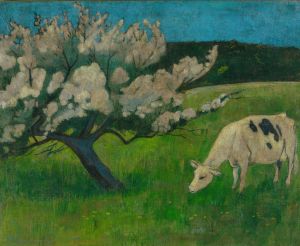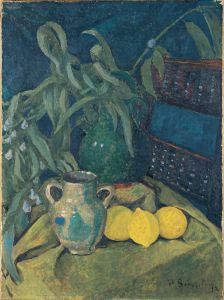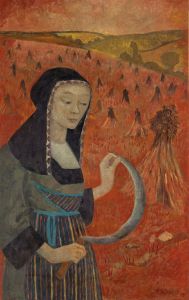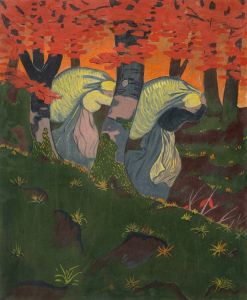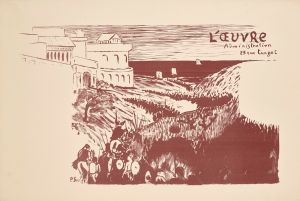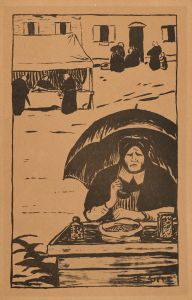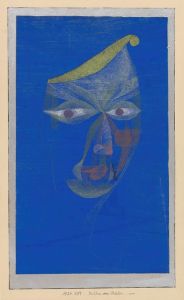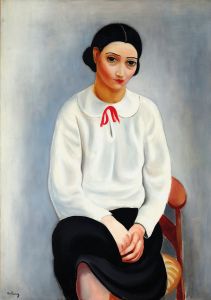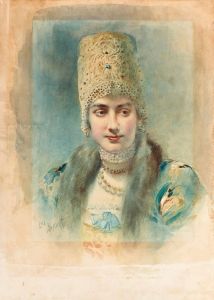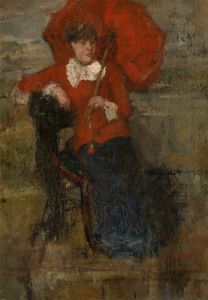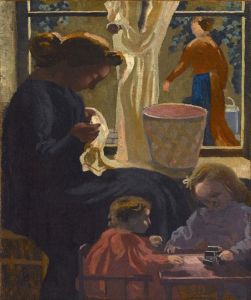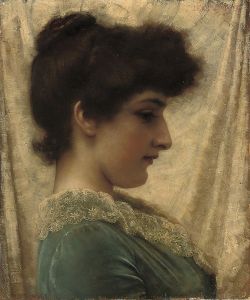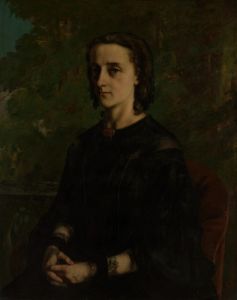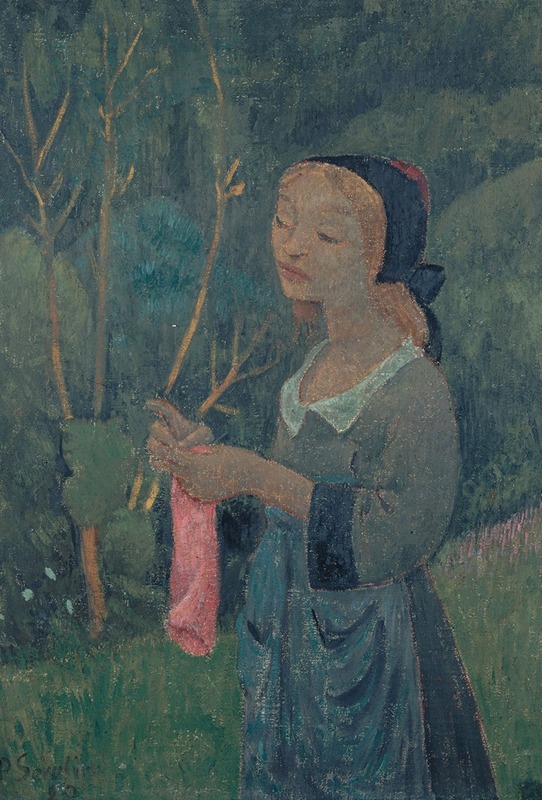
Tricoteuse au bas rose
A hand-painted replica of Paul Sérusier’s masterpiece Tricoteuse au bas rose, meticulously crafted by professional artists to capture the true essence of the original. Each piece is created with museum-quality canvas and rare mineral pigments, carefully painted by experienced artists with delicate brushstrokes and rich, layered colors to perfectly recreate the texture of the original artwork. Unlike machine-printed reproductions, this hand-painted version brings the painting to life, infused with the artist’s emotions and skill in every stroke. Whether for personal collection or home decoration, it instantly elevates the artistic atmosphere of any space.
Paul Sérusier's painting "Tricoteuse au bas rose" is an exemplary work that reflects the artist's involvement with the Post-Impressionist movement and his association with the Nabis group. Sérusier, a French painter born in 1864, was a pivotal figure in the transition from Impressionism to more abstract and symbolic forms of art. His work often explored themes of color, form, and symbolism, which are evident in "Tricoteuse au bas rose."
The title "Tricoteuse au bas rose" translates to "Knitter with Pink Stockings," suggesting a focus on a domestic scene, a common subject in Sérusier's oeuvre. The painting is characterized by its use of bold colors and simplified forms, a hallmark of the Nabis movement, which Sérusier helped to found. The Nabis, a group of avant-garde artists in the late 19th century, sought to break away from the naturalism of Impressionism and instead emphasized the spiritual and symbolic aspects of art.
In "Tricoteuse au bas rose," Sérusier employs a vivid color palette, with particular emphasis on the pink stockings that are central to the composition. This use of color is not merely decorative but serves to convey mood and emotion, aligning with the Nabis' philosophy that color and form should express the artist's inner vision rather than replicate the external world. The painting's composition is likely influenced by Sérusier's exposure to the works of Paul Gauguin, whom he met in Pont-Aven, Brittany. Gauguin's emphasis on synthetism, which advocated for the synthesis of form and color to express ideas, had a profound impact on Sérusier's artistic development.
Sérusier's technique in this painting reflects his interest in flat planes of color and the reduction of detail, which can be seen as a departure from the more detailed and light-focused works of the Impressionists. This approach allows the viewer to focus on the emotional and symbolic content of the work rather than its representational accuracy. The knitter, depicted in a serene and contemplative manner, may symbolize the quietude and introspection associated with domestic life, a theme that resonates with the broader Symbolist movement of the time.
"Tricoteuse au bas rose" is a testament to Sérusier's role as a bridge between Impressionism and the more abstract movements that followed. His work, including this painting, played a significant role in the development of modern art by challenging traditional notions of representation and emphasizing the subjective experience of the artist. While specific details about the painting's provenance or current location may not be widely documented, its significance lies in its embodiment of the artistic innovations of the late 19th century.
Overall, "Tricoteuse au bas rose" exemplifies Paul Sérusier's contribution to the evolution of modern art through its bold use of color, simplified forms, and symbolic content, reflecting the broader trends of the Post-Impressionist and Symbolist movements.





